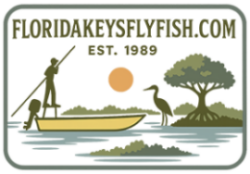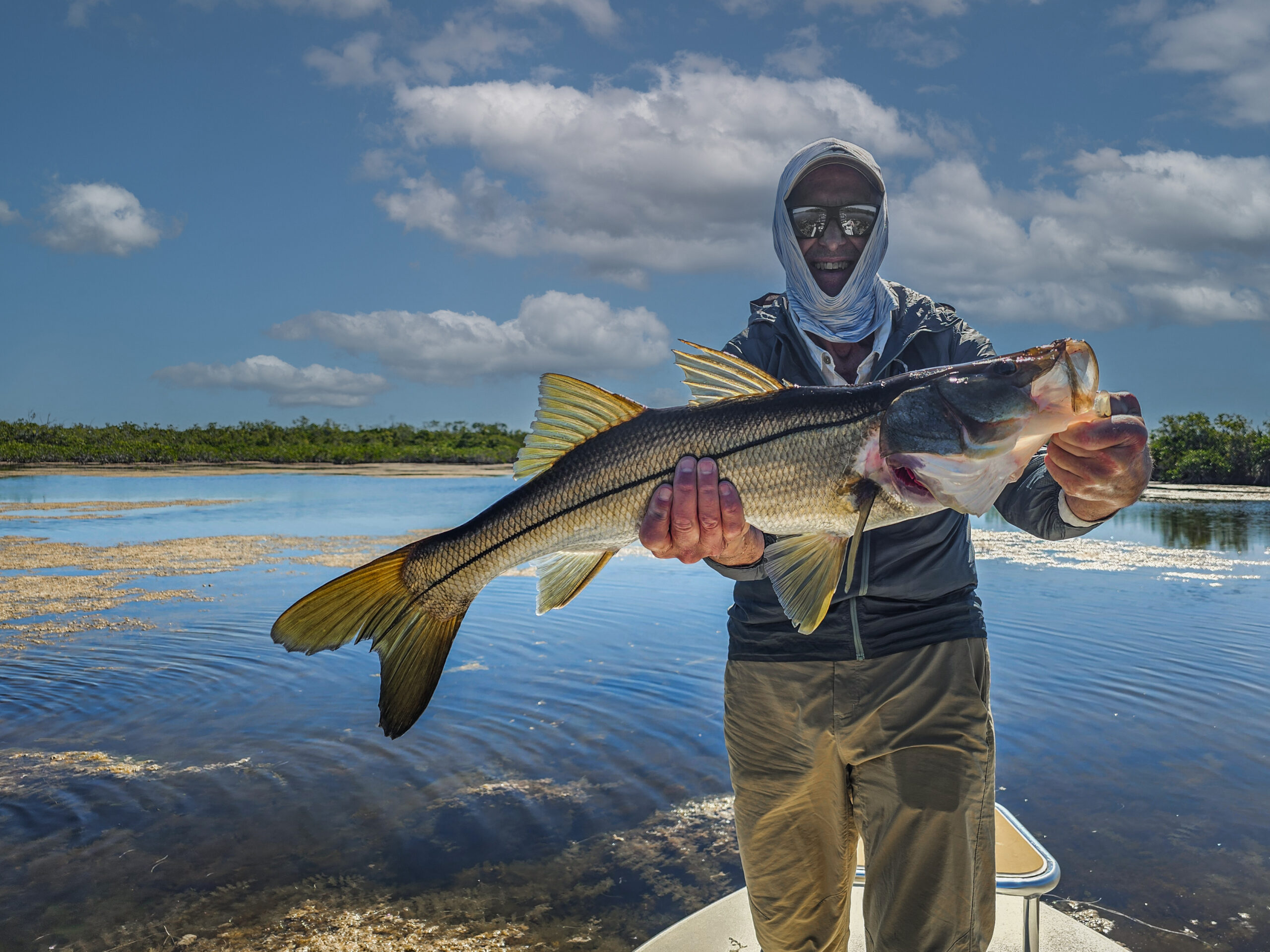You’ve probably never heard of it, but periphyton is a vital component of the Everglades ecosystem. This combination of algae, cyanobacteria, fungi, microbes, and detritus, coats rocks, and aquatic plants, and is found in mats on the surface in shallow waters. It’s where the food chain starts, turning sunlight into energy and fueling the entire aquatic community, from microscopic critters to the game fish that put the Glades on the angling map.
Snails, crustaceans, and juvenile fish call it home, which means bigger fish like tarpon, snook, redfish, and bass thrive because their food is in ample supply. No periphyton, no baitfish. No baitfish, no sportfishing. It’s that simple.
Beyond its role in the food chain, periphyton is also a water-quality filter, soaking up excess nitrogen and phosphorus, and keeping the Everglades’ waters clear. Thanks to the Everglades limestone foundation, periphyton also helps form marl soils, stabilizing aquatic habitats and keeping the ecosystem healthy.
Think of periphyton as a litmus test for the Everglades; its health reflects changes in water levels and environmental conditions, making it an indicator of the ecosystem’s well-being. Since a thriving Everglades means thriving fisheries, this overlooked ‘stuff’ isn’t just good for the ecosystem, it’s good for every angler who plies these waters in search of their next shot. Just be ready to rig weedless when fishing around it, periphyton has a way of grabbing hooks. If you attempt to pole your skiff over it, you’ll wish you recently waxed your hull!


